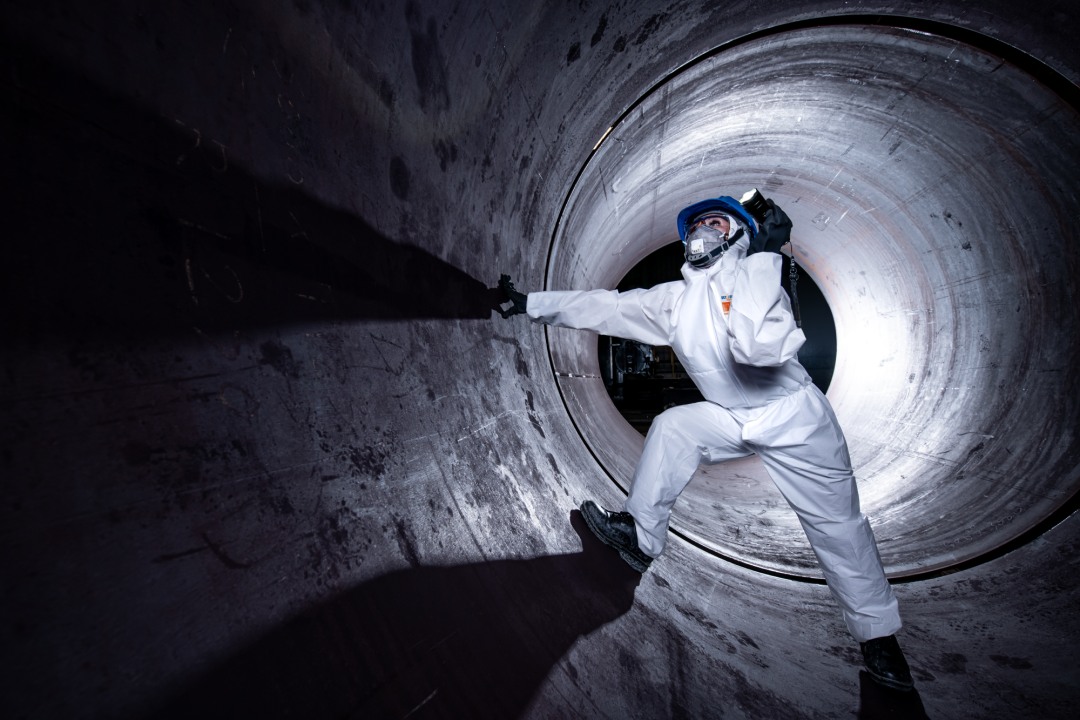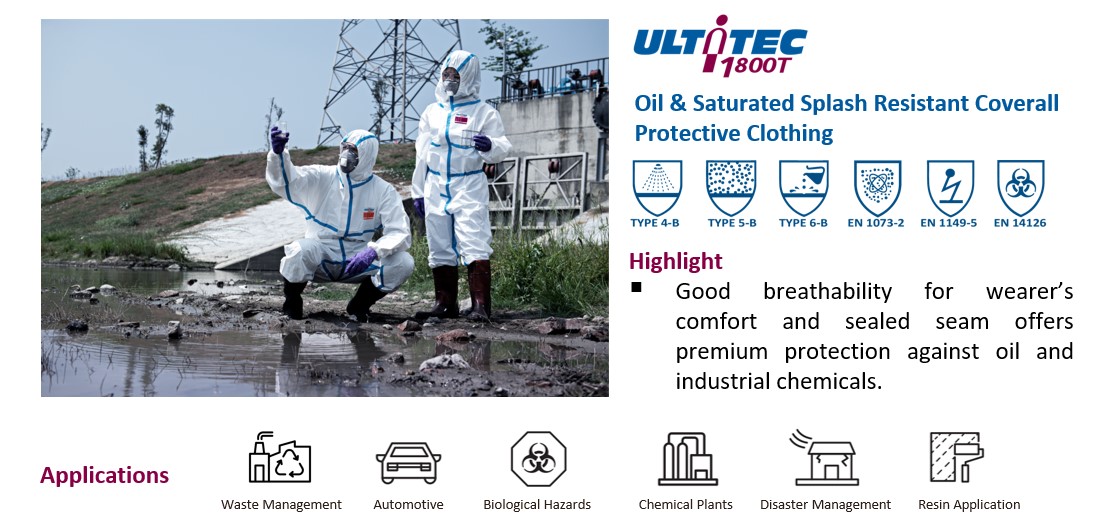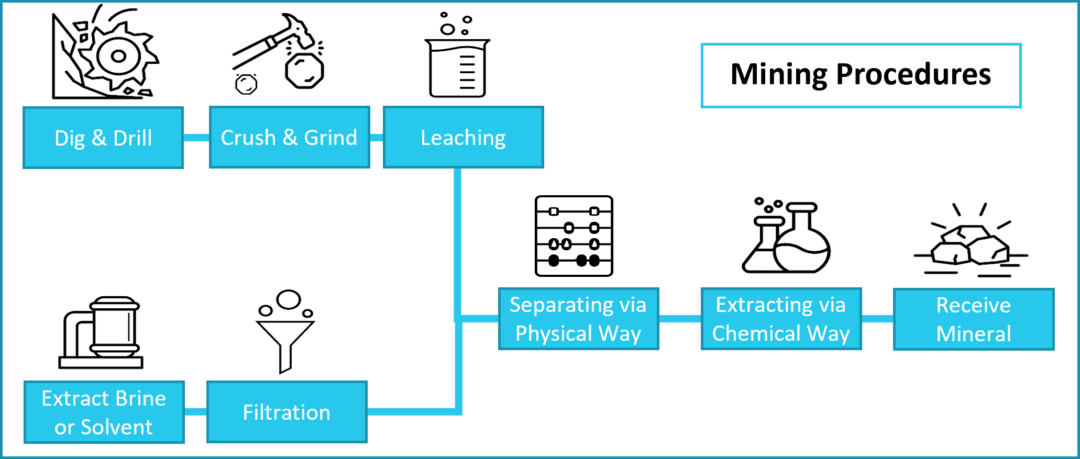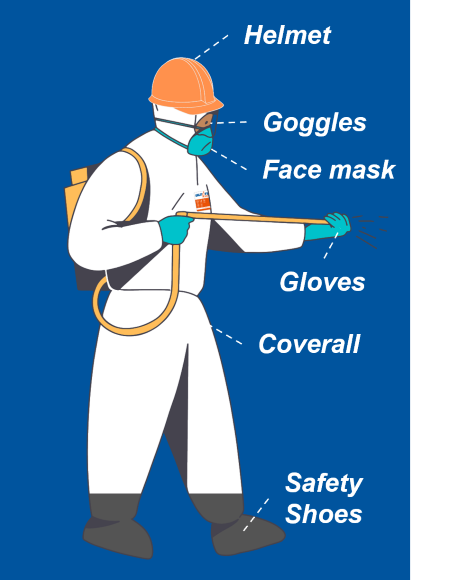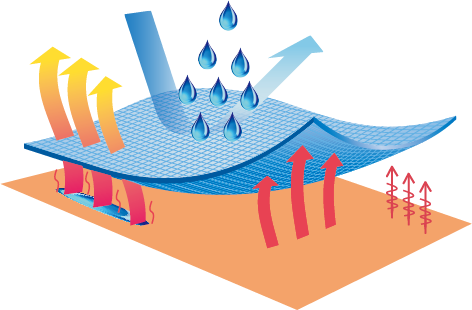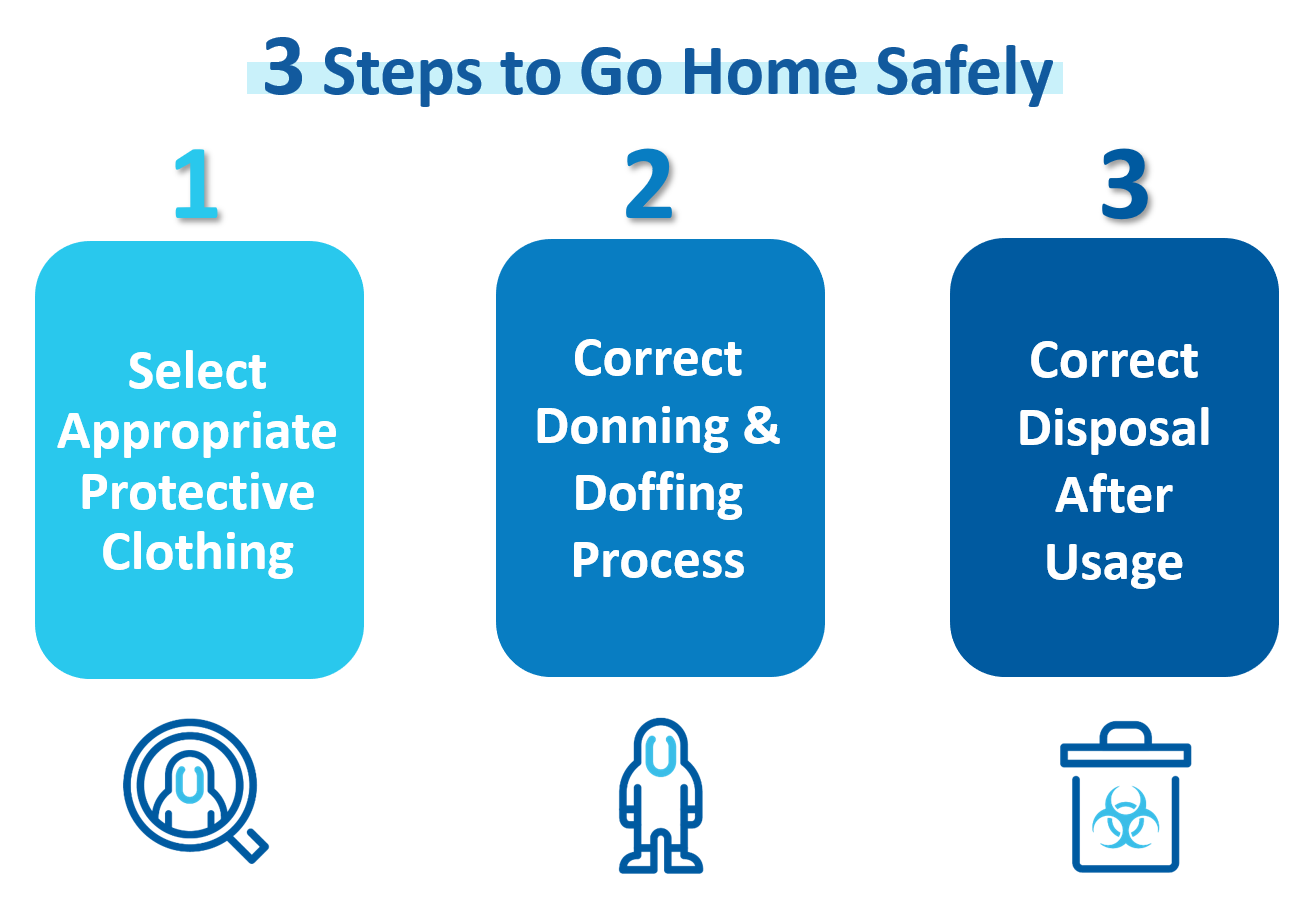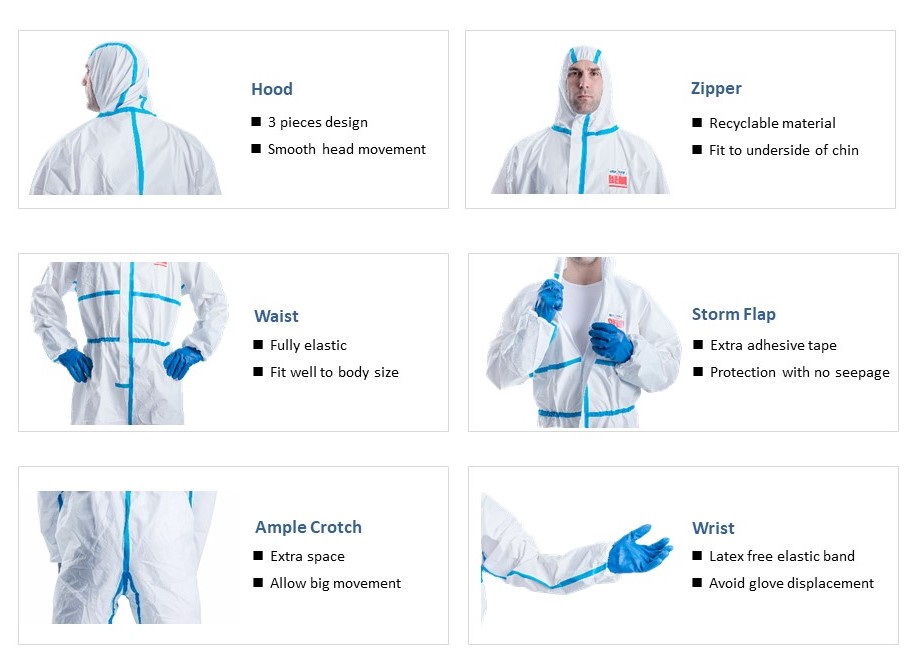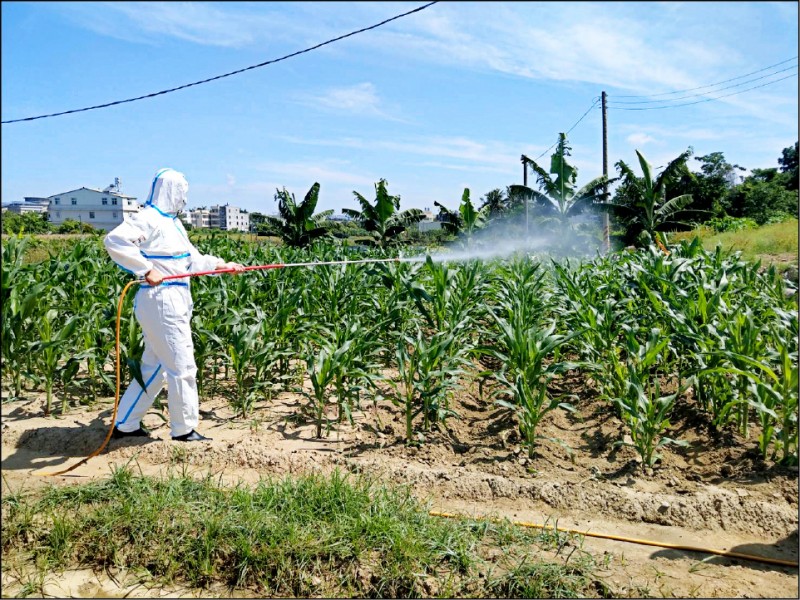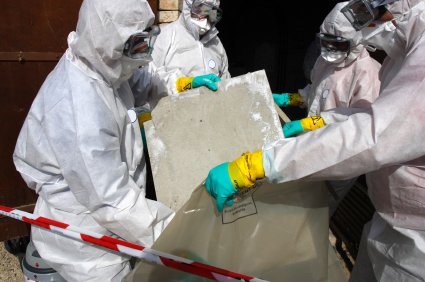Hannah2024-12-04
Importance of Wearing a Disposable Painter Suit There are several reasons why you should wear a disposable painter suit while performing painting tasks. First, it helps prevent you from getting messy and keeps you clean. More importantly, paint contains various harmful chemicals, such as volatile organic compounds (VOCs), benzene, toluene,…








